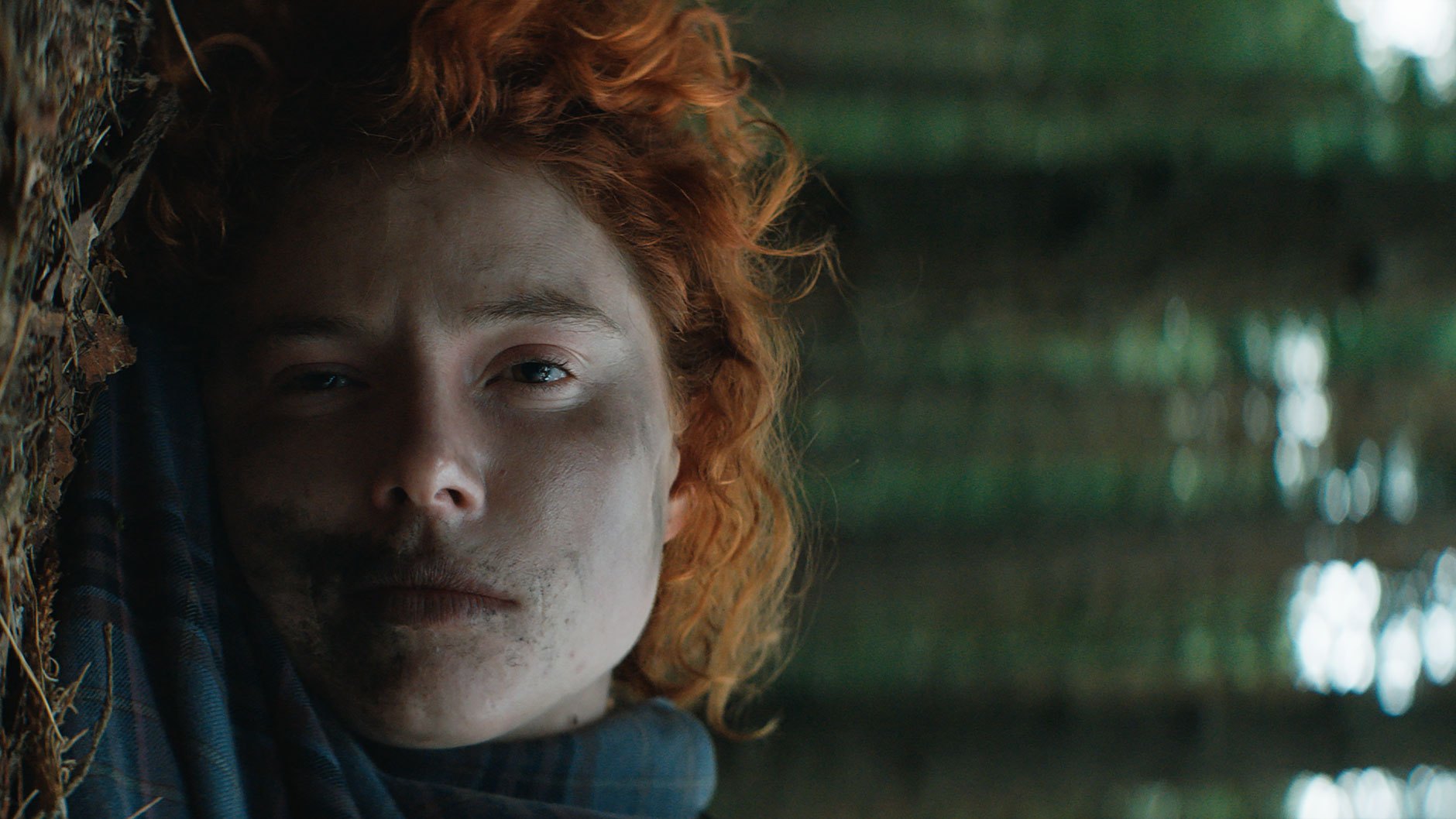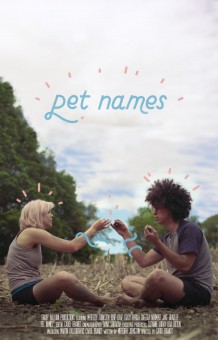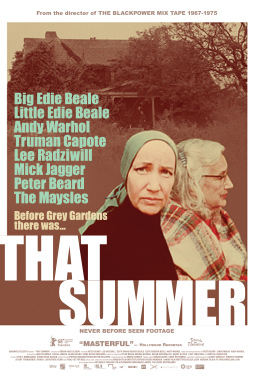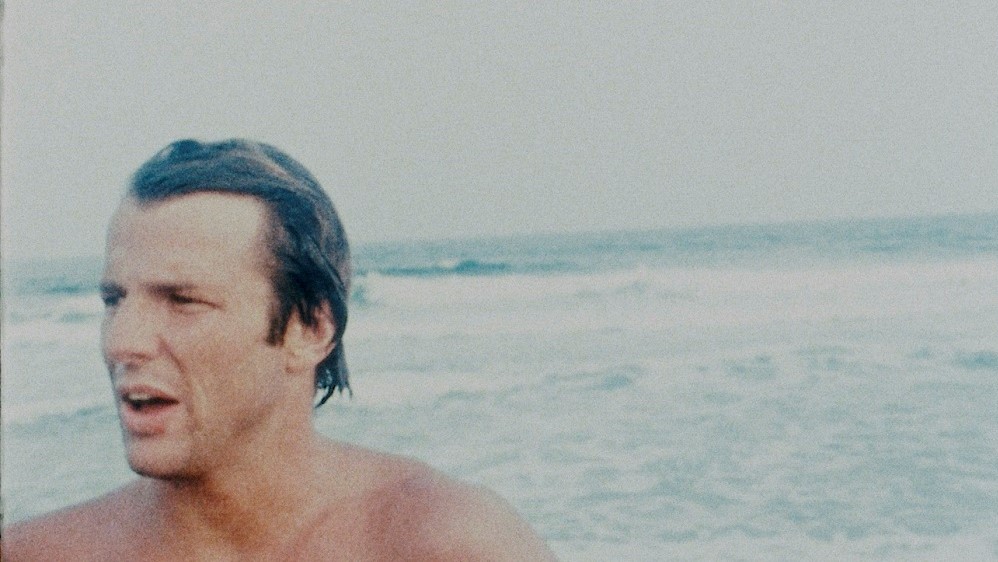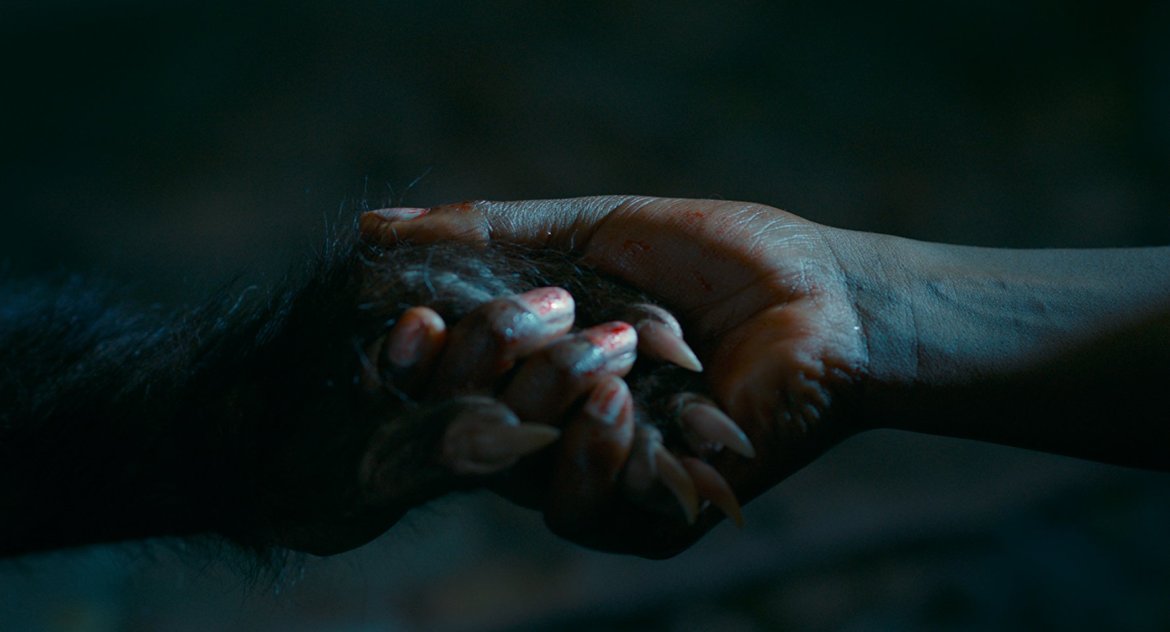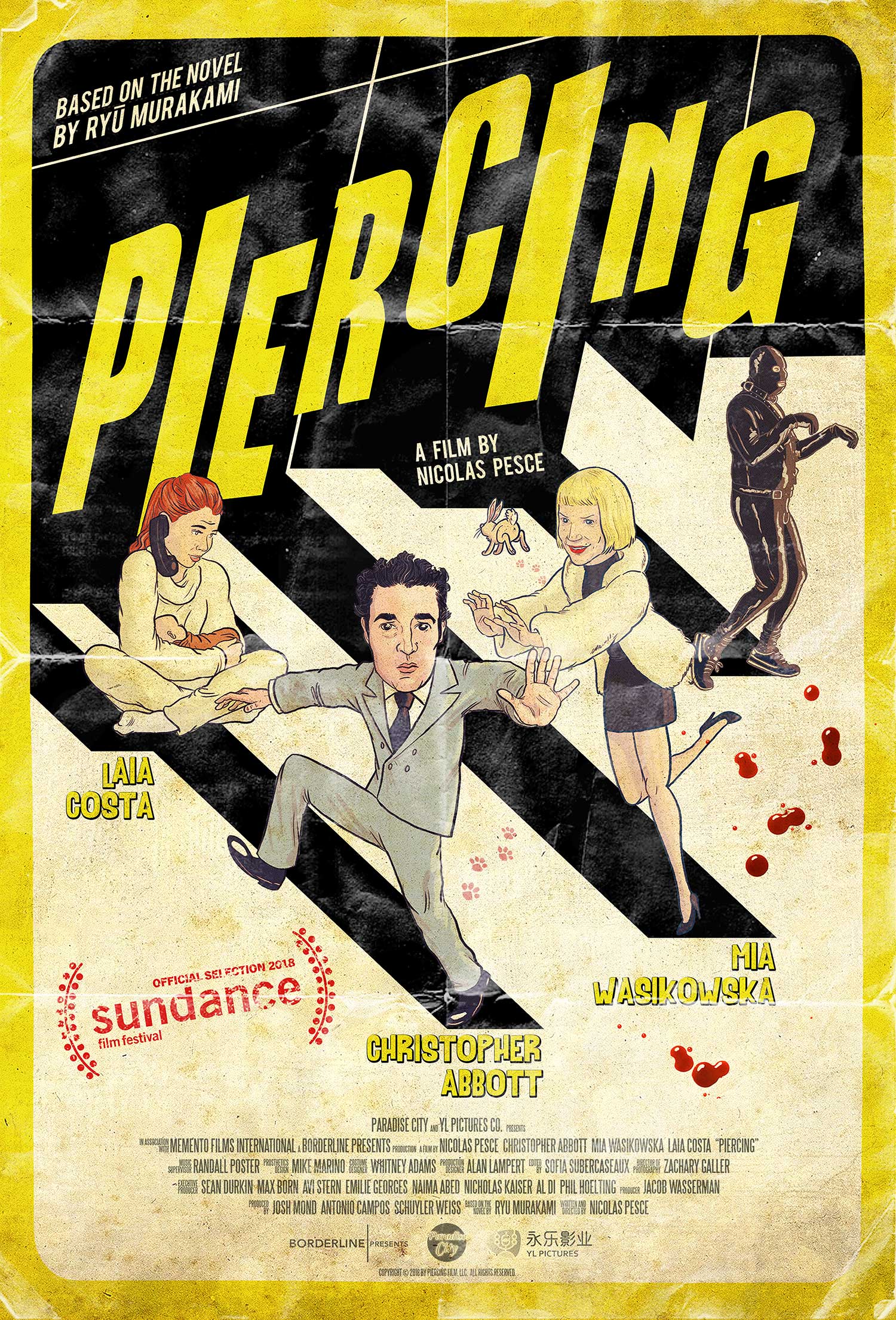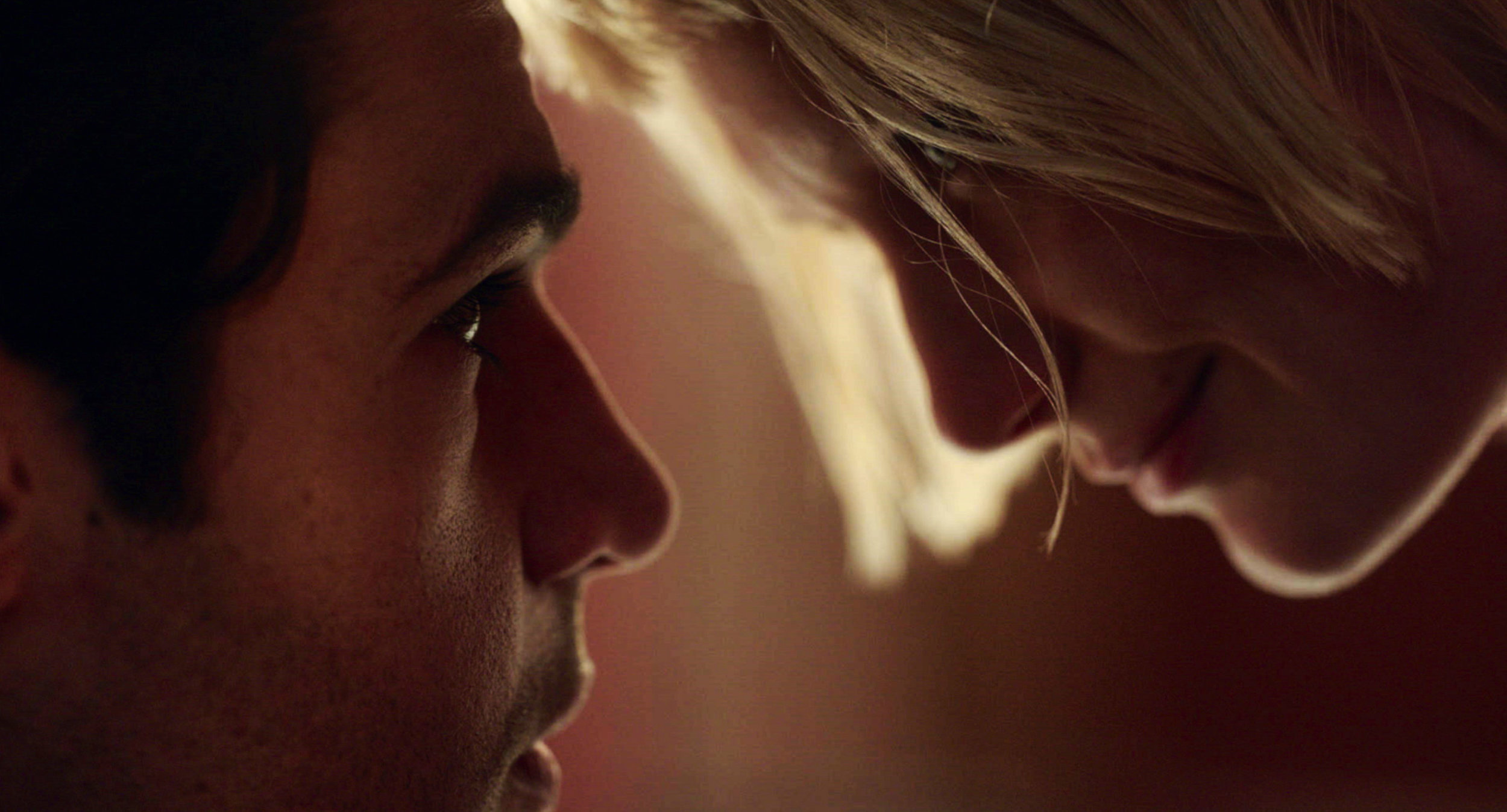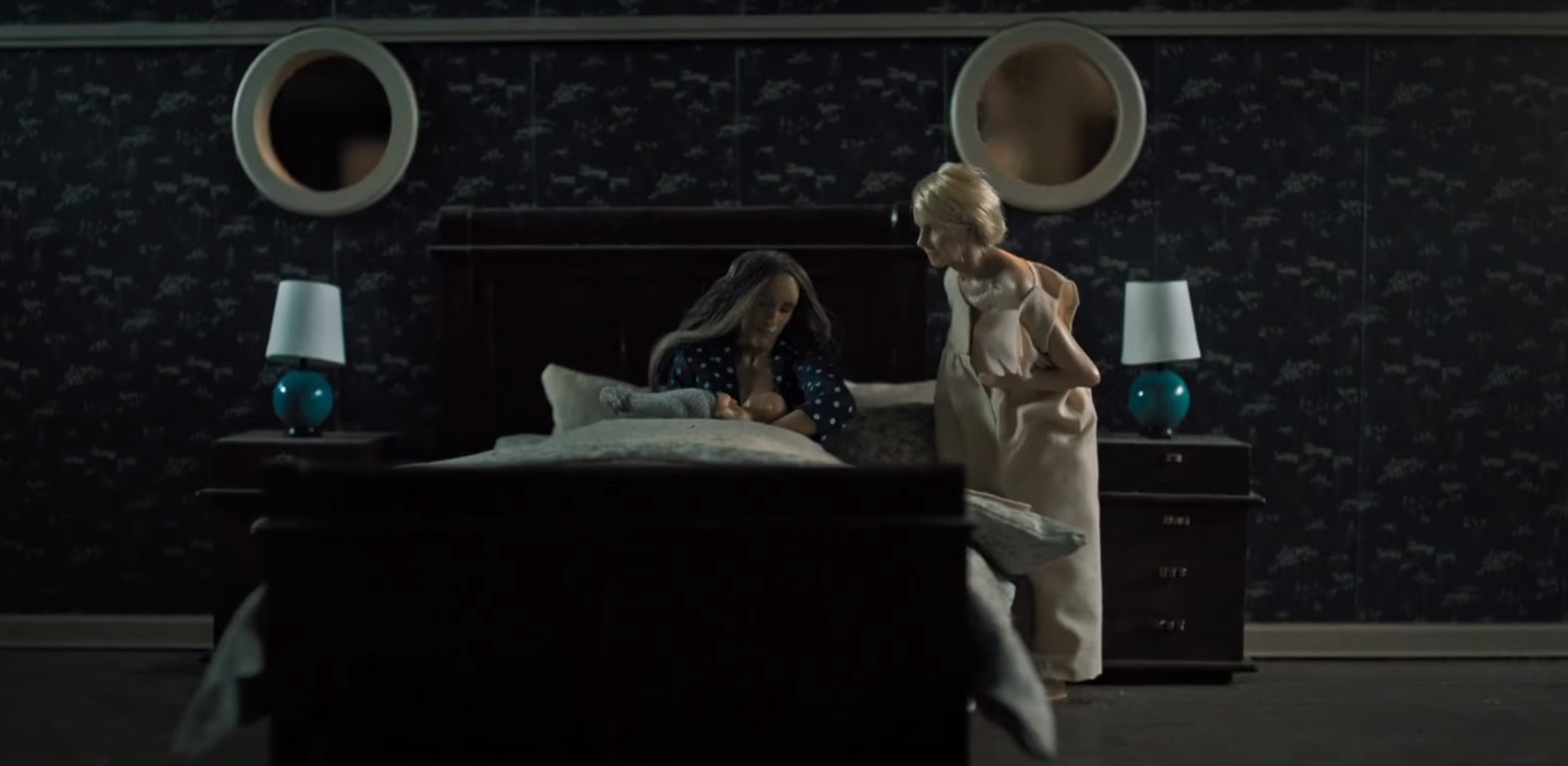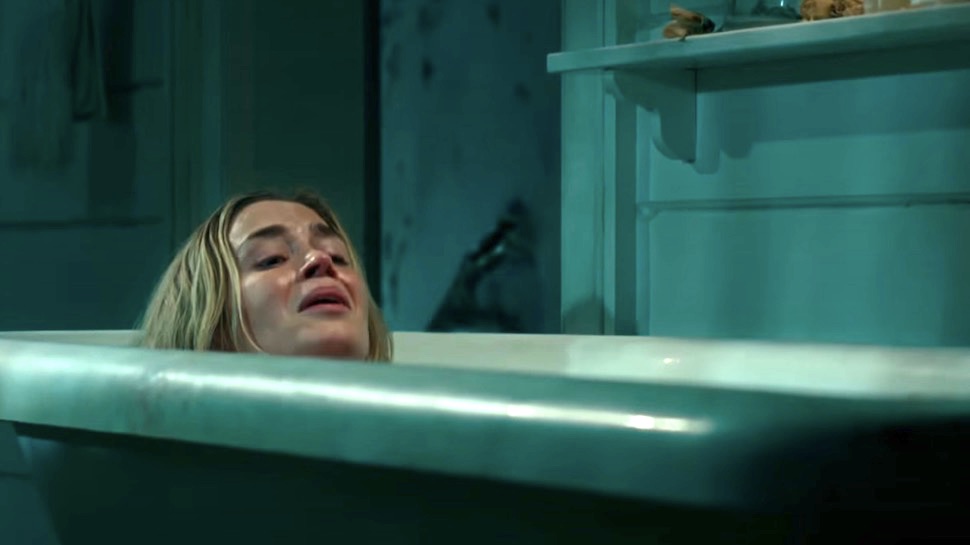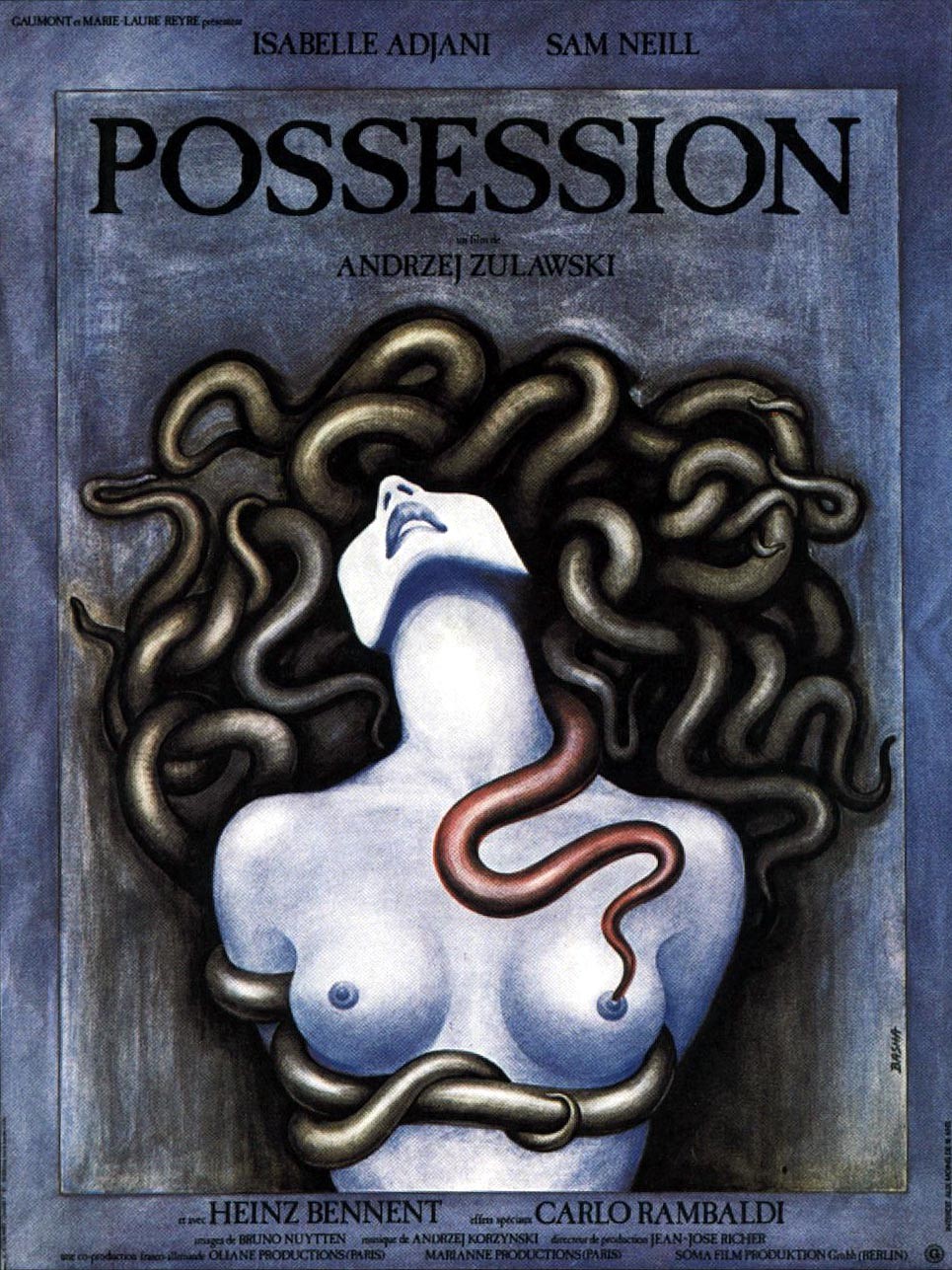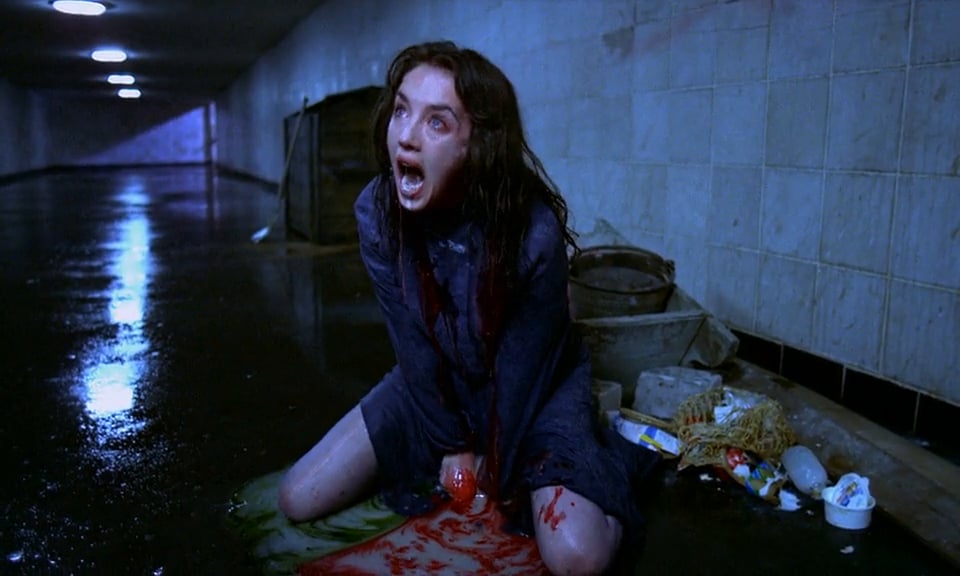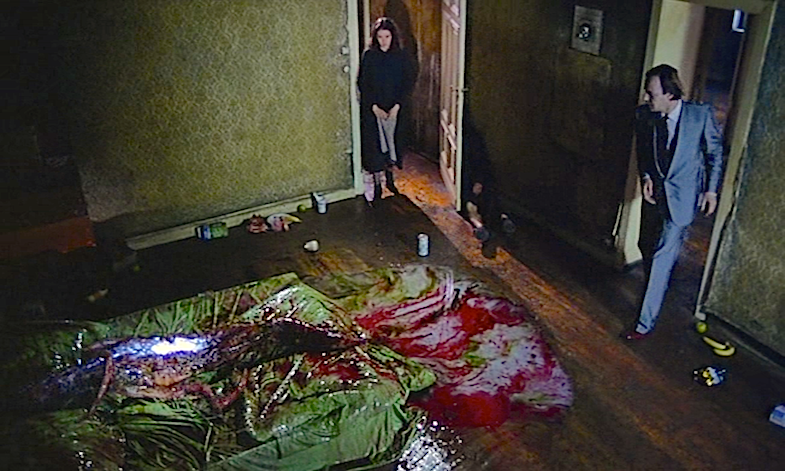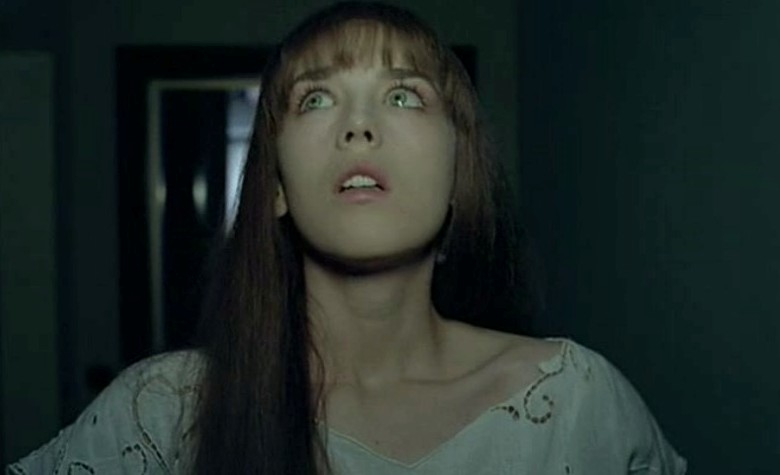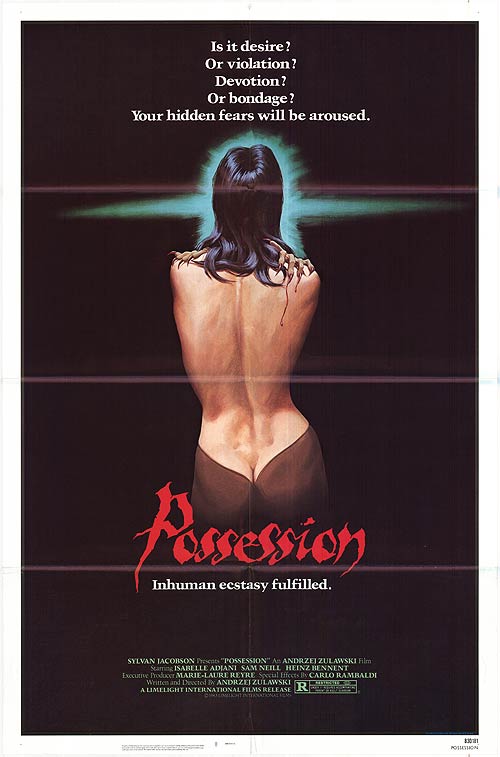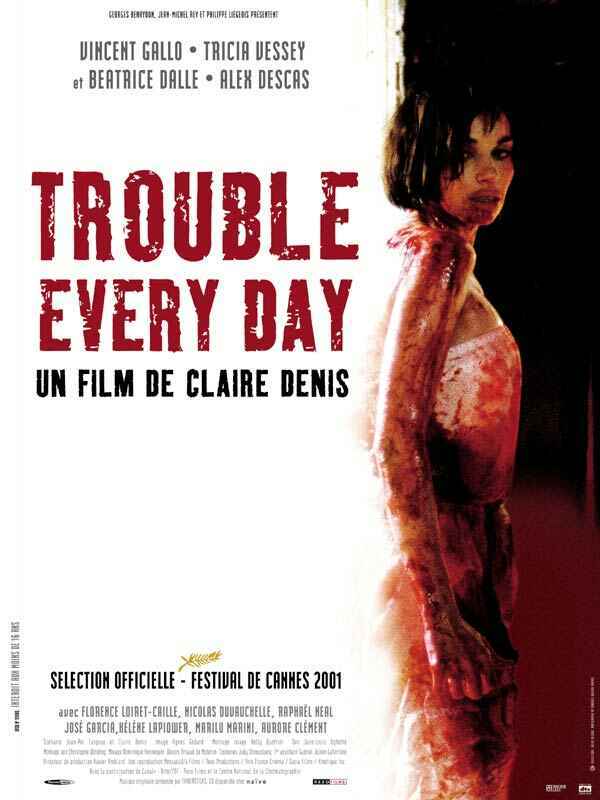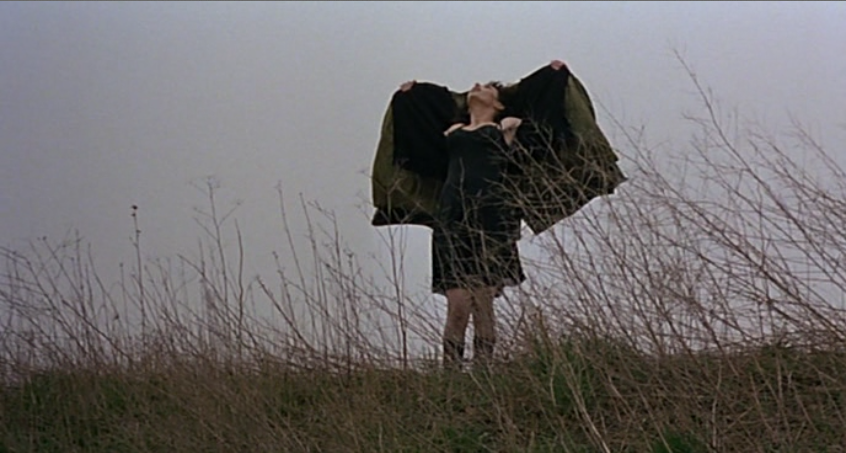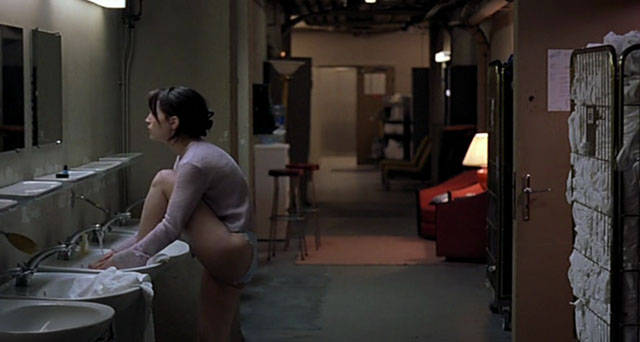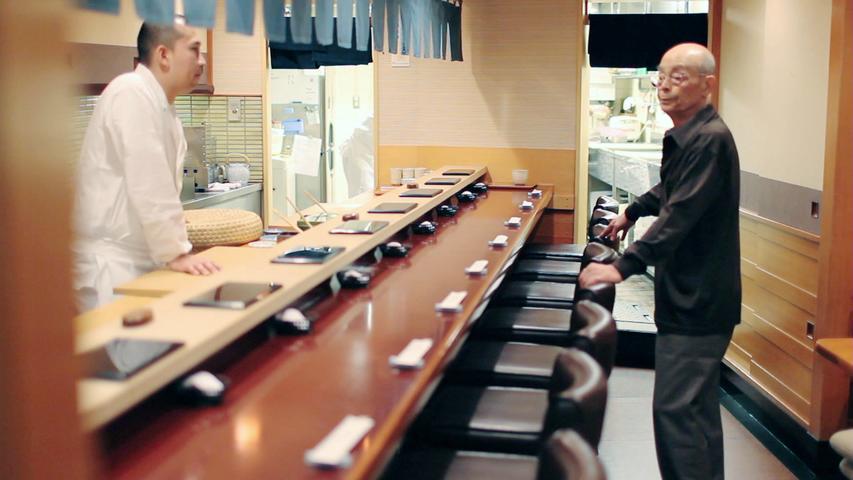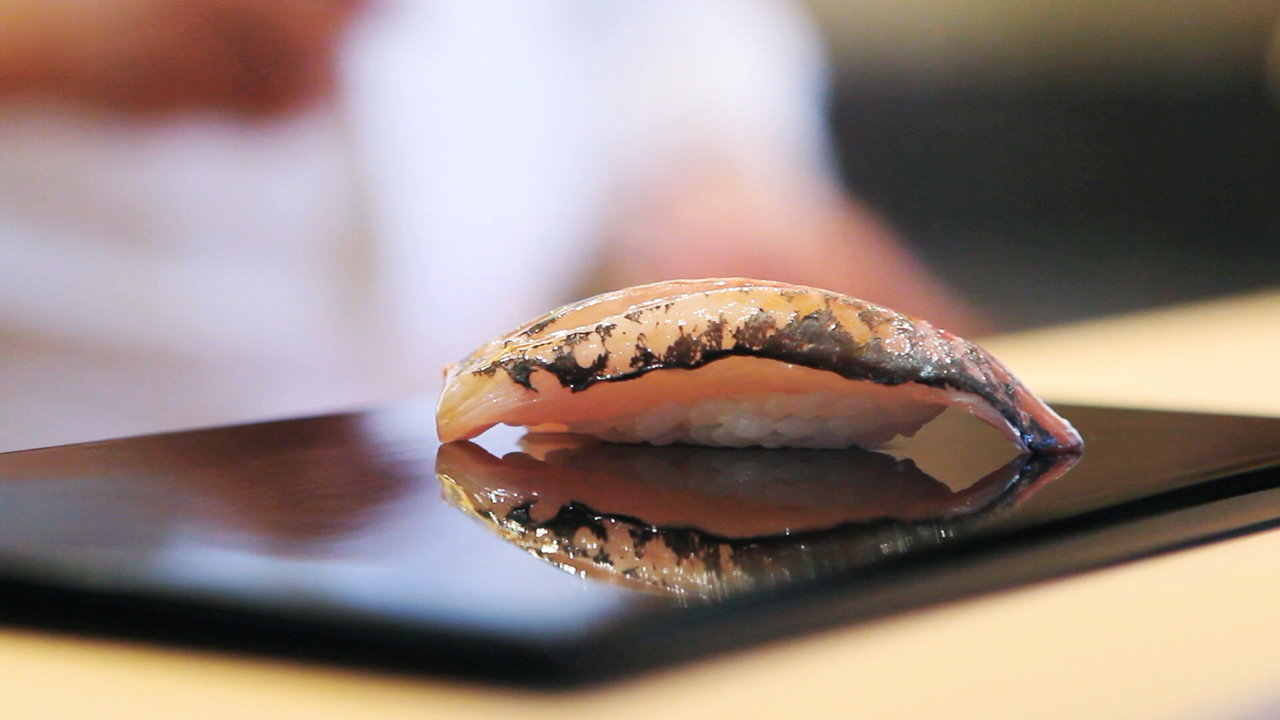UK | 2017 | Directed by Michael Pearce
Logline: A troubled woman living in an isolated community finds herself pulled between the control of her oppressive family and the allure of a secretive outsider suspected of a series of brutal murders.
Moll (Jessie Buckley) is a young woman in her 20s who is still living at home, a prisoner of sorts, held captive by her family’s moral rigour, in particular her mother Hilary (Geraldine James). Her sister, Polly (Shannon Tarbet), is the daughter done good, very pretty and engaged, while Moll struggles with insecurity, haunting memories, and the unwanted affection of the local policeman, Harrison (Oliver Maltman).
Frustrated at her own birthday garden party Moll slips away into the island night, and spends the wee hours dancing with a stranger at a local shindig. In the cold crisp light of dawn the stranger’s intent turns sour, but thankfully Moll is rescued by the intervention of Pascal (Johnny Flynn), a lone huntsman, scarred, but ruggedly good looking. There is an immediate attraction, Moll and he are drawn to each other like moths to the flame. Meanwhile, there are terrible murders taking place in the community and the law is closing in.
Operating like a kind of dark fable with horror elements peeking and probing from the darker corners of the narrative, the ambiguity of its two leads become entwined, as protagonist and antagonist seemingly begin to merge, the central pathway becomes unreliable, unpredictable, dangerous. The grasp of forbidden desires becomes clammy and slippery, the pursuant clouds darken, as Moll and Pascal’s relationship becomes inexorably entangled, and confusion rears its ugly head, whose truth is real?
This is a highly accomplished debut feature from writer/director Pearce, who weaves the machinations of a macabre psychological thriller with the poignant, delicate elements of an illicit romance, ultimately creating a hybrid creature that slinks and slithers slyly, then bites savagely. Its slow burn technique belies its truly dark heart. “Be careful what you unleash” warns the movie’s tagline, while another could be “The heart is a lonely hunter”. Beast plays with familiar tropes and conventions, whilst it gently tugs the rug from under your muddy feet.
On much of the surface Beast plays like a regular serial killer thriller, and it isn’t until the very end that you realise how immensely satisfying the movie has been. A production where all the department boxes can be given big ticks; gorgeously shot by Benjamin Kracun, a bristling, captivating score from Jim Williams, terrific performances from the entire cast, especially newbie Buckley and Maltman, but also the ever-reliable James, in a small, but pivotal role as the overbearing mother, plus some really nifty editing from Maya Maffioli in certain crucial scenes.
Beast is a one of those delicious nightmare thrillers that I hunger for each year, and now I’m feeling sated.



